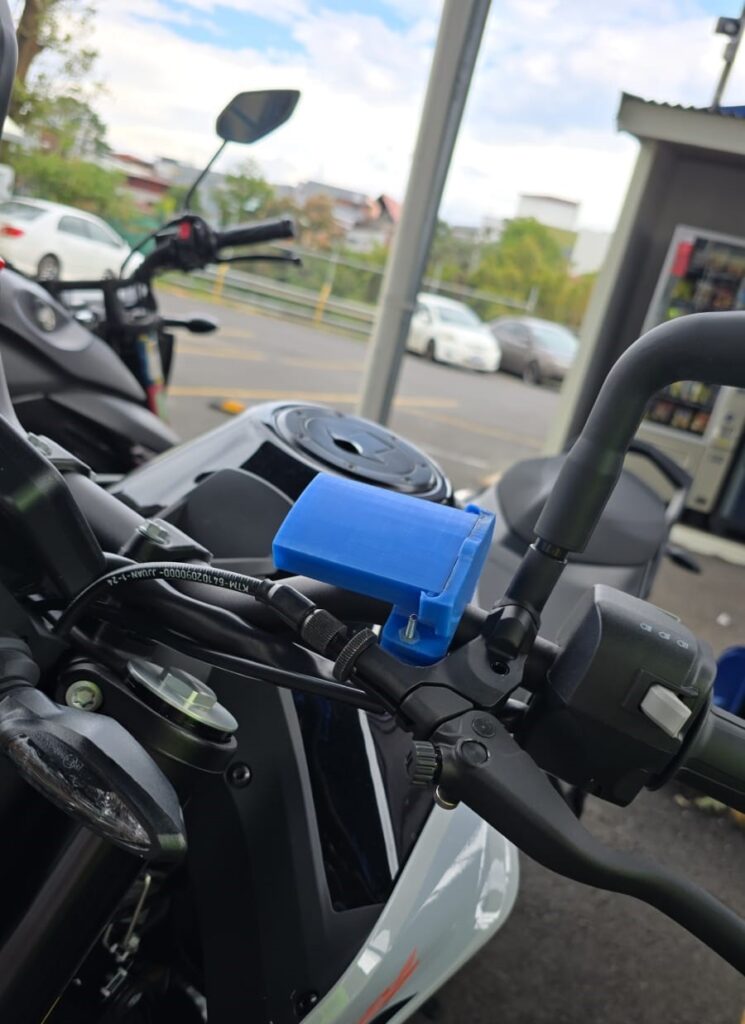3D printers are machines capable of creating three-dimensional physical objects generated through digital design. A process known as additive manufacturing, since the object is built layer by layer, adding material instead of removing it, as happens with other techniques such as carving or milling. This technology offers advantages such as cost reduction, the possibility of customizing products, and the acceleration of design and production processes.
3D printing was born in the 80s and, over the last two decades, its use has begun to become democratized in different sectors. At Globalvia, our Metro de Sevilla (Spain) and Ruta 27 (Costa Rica) Companies give examples of use cases in our sector.
At Metro de Sevilla, our team started using this technology at the beginning of 2023, in a project led by the Engineering and Maintenance team, for the manufacture of all types of parts that are used to repair or adapt equipment in operation: supports, fixings, protections, connectors, covers, guides, even tooling or even ischial supports. This is very useful since many of the components of Metro de Sevilla facilities have long waiting times for replacement, or limited availability, so by relying on this technology, waiting times are reduced and maximum availability of all equipment and systems are guaranteed.

Device manufactured to hold the Quick Pass on motorcycles.
In the case of Ruta 27, the team began using this technology six months ago and, thanks to this new resource, they have created six prototypes that are being tested to ensure their functionality.
Among them are the devices that hold the Quick Passes to windshields and motorcycles. If working correctly, these can be manufactured by the team instead of purchased from third parties. The latter draws special attention since there is currently no similar device for motorcycles in Costa Rica. If it works, it will allow motorcyclists to use Quick Pass safely.
Other self-produced elements that the team already uses are box dividers, switch slot covers, and hooks for hanging equipment. Additionally, the new 3D printer allows the team to print any of these parts from recycled plastic, contributing to the circularity of available resources.
